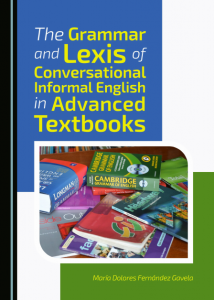PDF #154 – The Grammar and Lexis of Conversational Informal English in Advanced Textbooks

The field of foreign language teaching has undergone many fluctuations and dramatic shifts over the centuries. As opposed to physics or chemistry where progress is more or less steady, it is a field where fads and heroes have come and gone in a manner fairly consistent with what occurs in youth culture.
I believe that one reason for this almost random change is the fact that very
few language teachers have even the vaguest sense of history about their profession. They are unclear concerning the historical bases of the many methodological options they currently have at their disposal.
It is hoped that this brief and necessarily oversimplified survey will encourage many language teachers to learn more about the origins of their profession. Such knowledge will give them some historical perspective that will be healthy in evaluating the so-called “innovations or “new” methods that they are frequently exposed to.
The Grammar and Lexis of Conversational Informal English in Advanced Textbooks defends the view that the acquisition of conversational English depends highly on the kind of materials available to L2 learners. The need to acquire a proficient competence in English is growing exponentially in an incessantly demanding society, but it is the oral skill, and more specifically the ability to communicate in everyday situations, that learners are calling for.
The current learning process, nonetheless, is not particularly effective, as is shown in the data collected by the Eurobarometer and published in June 2012, which shows that only 38% of the Europeans surveyed were able to maintain a conversation in English, although 67% believed it to be the most useful language to learn for personal development.
The present study supports the idea expressed in The Common European Framework of Reference for Languages, which states that a language is learnt reactively, following the instructions and carrying out the activities prescribed for them by teachers and by textbooks (2001: 141).
Consequently, these materials should reflect the everyday use of informal discourse and allow learners to analyse, understand and interpret the different underlying messages conveyed by means of lexico-syntactic, as well as paralinguistic, elements.
The book is divided into seven chapters in which various different linguistic aspects of conversation are dealt with. In the opening chapters, spoken language is presented and approached as a multidimensional entity, particularly as the sum of lexico-syntactic and socio-linguistic elements.
The following chapters provide a description of the main characteristics of conversational English based on corpus-informed grammars and publications. The final chapter analyses twenty ESL textbooks in order to determine how corpus data has influenced the materials designed for the acquisition of conversational discourse.
After reading “Conversational Grammar and Lexis ” you can check important issues for ESL teachers on the section PDFs, and visit my YouTube channel.
